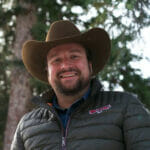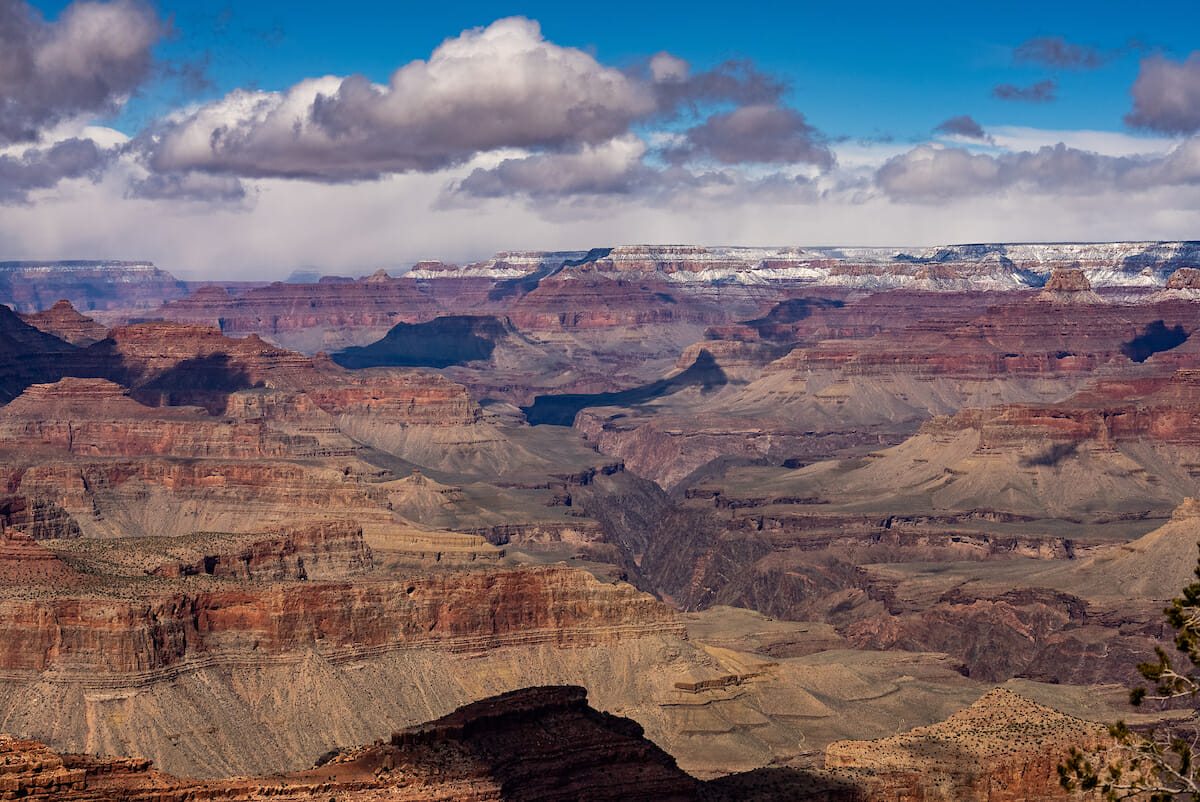Baaj Nwaavjo I’tah Kukveni Grand Canyon National Monument will help preserve the beauty of this idyllic landscape for generations to come.
Earlier this week, the U.S. Forest Service (USFS) and Bureau of Land Management (BLM) hosted the first public meeting to receive feedback about the proposed Baaj Nwaavjo I’tah Kukveni Grand Canyon National Monument. This follows a previous visit to the region by Interior Secretary Deb Haaland in May, who met with Tribal leaders, local elected officials, and community members – including Trout Unlimited – to learn about their vision for conserving the natural and cultural resources in the greater Grand Canyon watershed.
Baaj Nwaavjo means “where tribes roam” in Havasupai and I’tah Kukveni means “our ancestral footprints” in Hopi. The proposed national monument would add long-sought and broadly supported protections for 1.1-million-acres of public land adjacent to Grand Canyon National Park and the Kaibab National Forest. This would include a permanent ban on new uranium mining and would protect the watershed along the Colorado River from contamination.
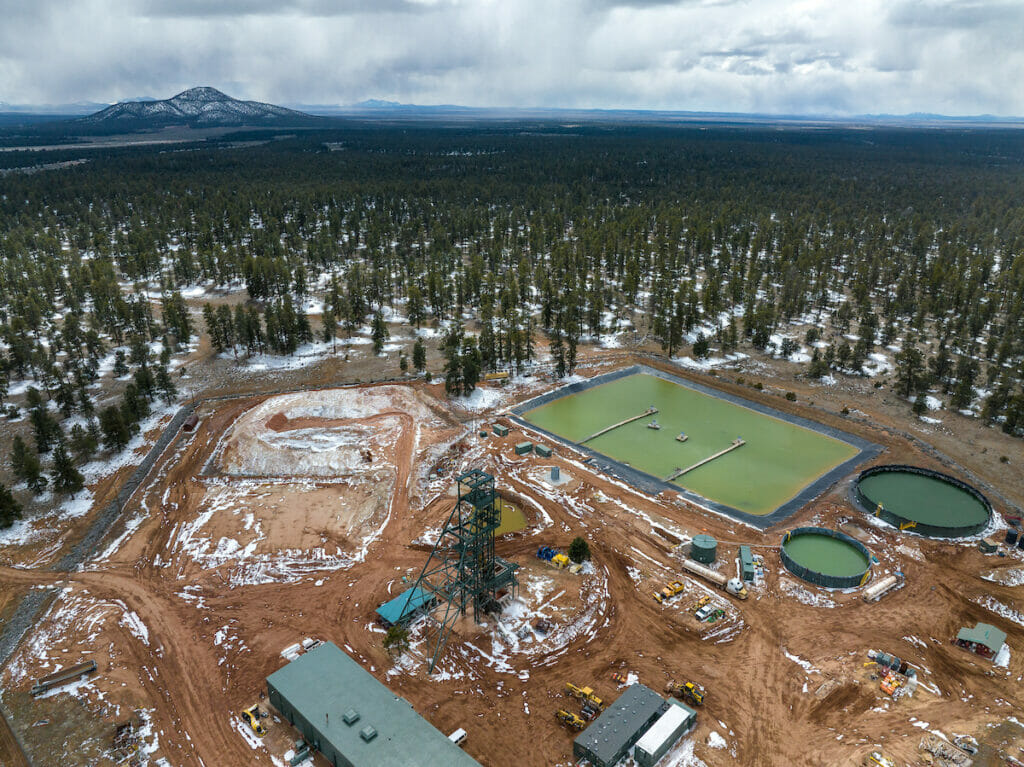
Long a priority in the state for TU, greater protections are needed in the region due to the toxic history of uranium mining. More than 500 abandoned uranium mines are scattered across the region, impacting the drinking water of local populations and seeping underground into the Colorado River and other bodies of water found miles away.
“We’re really excited to see some momentum at the federal level after years of working to protect the greater Grand Canyon region,” said Nathan Rees, Arizona field coordinator for TU. We appreciate the leadership of Interior Secretary Deb Haaland, the USFS, and the BLM for visiting and listening why it’s so important to protect this landscape. The new national monument proposal would swiftly add permanent protections to the Grand Canyon region, preventing further contamination of water supplies and ensuring quality hunting and fishing opportunities for future generations.”
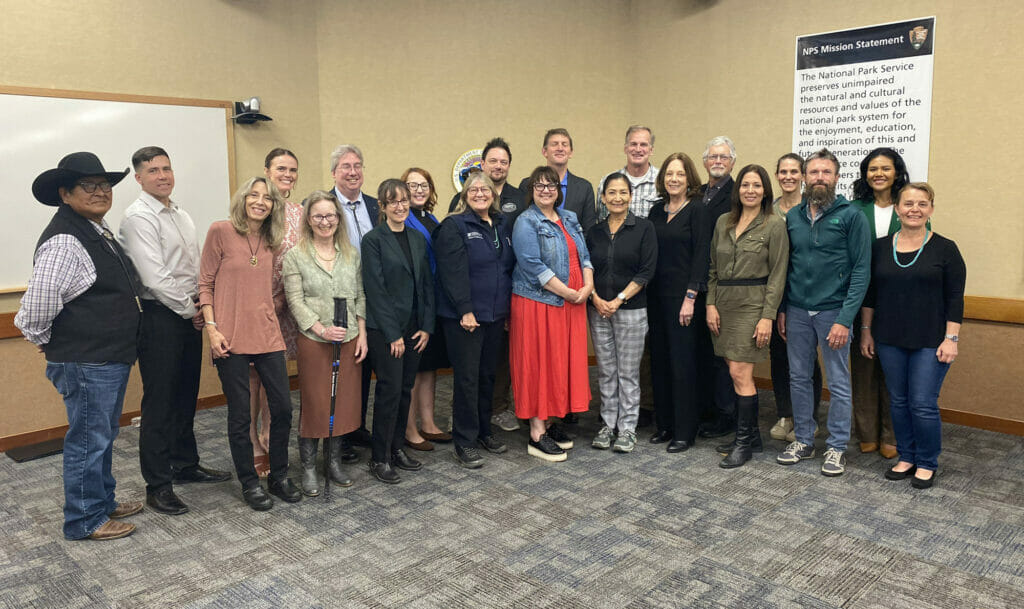
Calls for the monument began earlier this year by 11 local Tribal Nations, Congressman Raúl Grijalva and Senator Kyrsten Sinema, marking a shift in strategy after multiple attempts to pass protective legislation in Congress stalled despite strong support from Arizona’s congressional delegation.
“We don’t have any more time to waste on getting these permanent protections,” said Rees. “There’s an active uranium mine just miles from the entrance of the South Rim of Grand Canyon National Park and nothing has been done to clean-up the hundreds of abandoned mines still endangering the local population, millions of annual visitors and some of the state’s best areas for trout fishing and big game hunting.”
To support the Grand Canyon Tribal Coalition’s call for a national monument, TU has partnered with Natives Outdoors, a Native-owned creative and athletic collective, to identify and amplify local Tribal stories around the region to get the monument across the finish line.
“This entire region – including Grand Canyon National Park itself – has been inhabited by Tribal Nations for more than 10,000 years,” said Dr. Len Necefer, CEO of Natives Outdoors and member of the Navajo Nation. “Despite this rich history, there has also been a tremendous amount of hardship due to treatment of local Tribes by the federal government and the toxic history of uranium mining. We’re hoping to tell stories about our relationship to this land and why Baaj Nwaavjo I’tah Kukveni Grand Canyon National Monument is needed.”
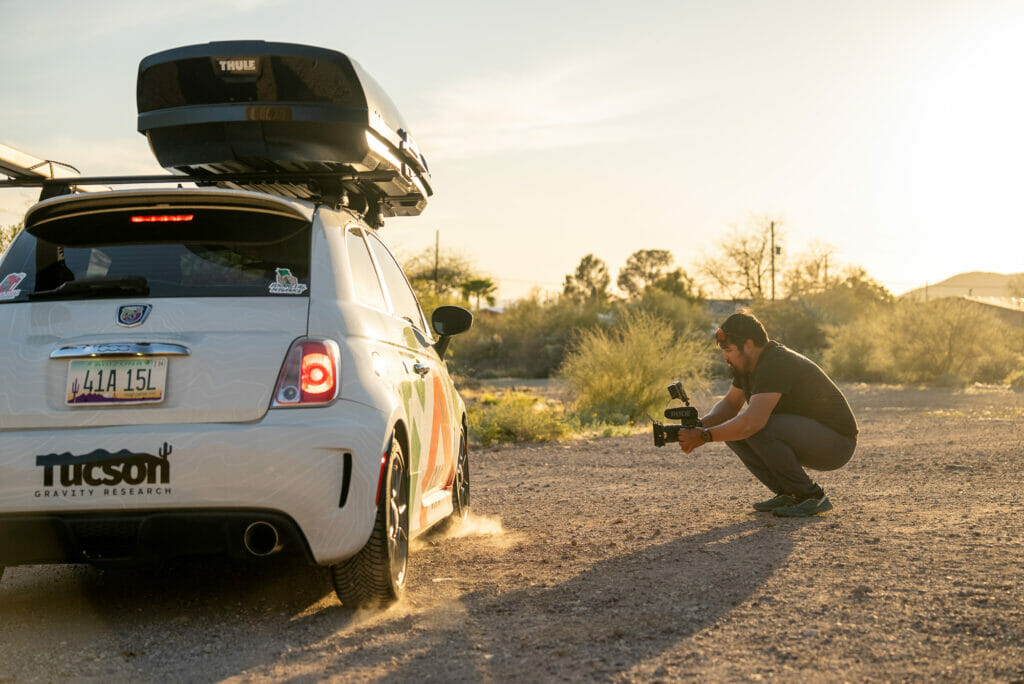
With filming ready to start this summer – and more public listening sessions by federal land managers yet to occur – now is the time for TU members to take action and preserve the cultural, hunting, and fishing heritage in the Grand Canyon region.


